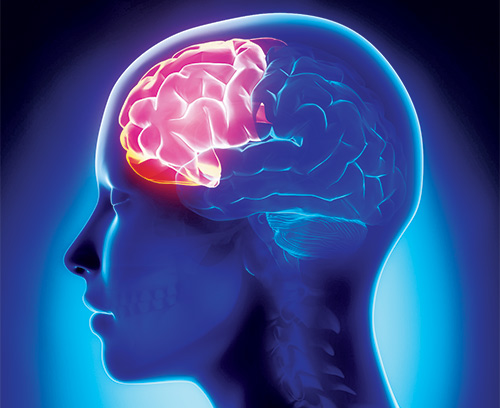
Results from a study in mice, led by researchers at Université Laval in Canada, suggest that sex differences occur in how the brain responds to stress, which the team has also found evidence for in in humans with depressive symptoms.
More research is needed to confirm the findings, but the scientists think that soluble E-selectin, a biomarker identified in their study, could be used to test whether women have neurovascular signs of depression.
“Depression is very different between men and women,” said lead researcher Caroline Ménard, professor at the Faculty of Medicine at Université Laval and researcher at the CERVO Brain Research Centre, in a press statement. “In women, the disease is twice as common, the symptoms are different, and the response to antidepressants is not the same as in men. Our goal was to find out why.”
From this study and earlier work focusing on male mice, Ménard and team found that prolonged social stress is expressed differently in the brains of male and female mice. They showed that the loss of a protein called claudin-5 weakened the blood–brain barrier, but in different regions in male and female animals. This was confirmed through transcriptional profiling.
The male mice were affected in the nucleus accumbens, which is linked to reward and the control of emotions, whereas the female mice had claudin-5 linked alterations impacting the prefrontal cortex, a region of the brain linked to mood regulation, anxiety and self-perception. Similar findings were seen in brains of women and men suffering from major depressive disorder (MDD) when they died.
During the current study, which is published in Nature Communications, the researchers identified a possible biomarker of blood–brain barrier disruption that appears to only be present in female mice and women experiencing depression soluble E-selectin.
“Today, depression is still diagnosed through questionnaires,” said Ménard. “Our group is the first to show the importance of neurovascular health in depression and to suggest soluble E-selectin as a depression biomarker. It could potentially be used to screen for and diagnose depression. It could also be used to measure the efficacy of existing treatments or treatments in development. But first, large-cohort clinical studies will need to be conducted to confirm the biomarker’s reliability.”
This work highlights differences in stress-induced neurovascular response between male and female animals. Although more research to confirm these results in humans is needed, Ménard and colleagues also found evidence of similar sex-specific brain alterations in men and women with MDD when they died. Blood samples from women with depression also showed abnormally high levels of soluble E-selectin.
“Our multidisciplinary approach allowed us to identify sex-specific circulating vascular potential biomarkers as well as candidate genes and pathways that could be relevant to inform on major depressive disorder diagnosis and develop treatments. Targeting and regulating tight junction protein integrity at the blood–brain barrier level could represent an innovative strategy to treat mood disorders,” write the authors.
This finding could also be important for the diagnosis of cardiovascular disease (CVD), where depression can be a predictor for development of CVD and vice versa, according to the team.
“Thus, investigating the candidate genes and circulating vascular potential biomarkers associated with depression we report here in populations of CVD patients would be highly relevant and could provide clues into shared underlying mechanisms of CVD and MDD pathologies,” they conclude.











